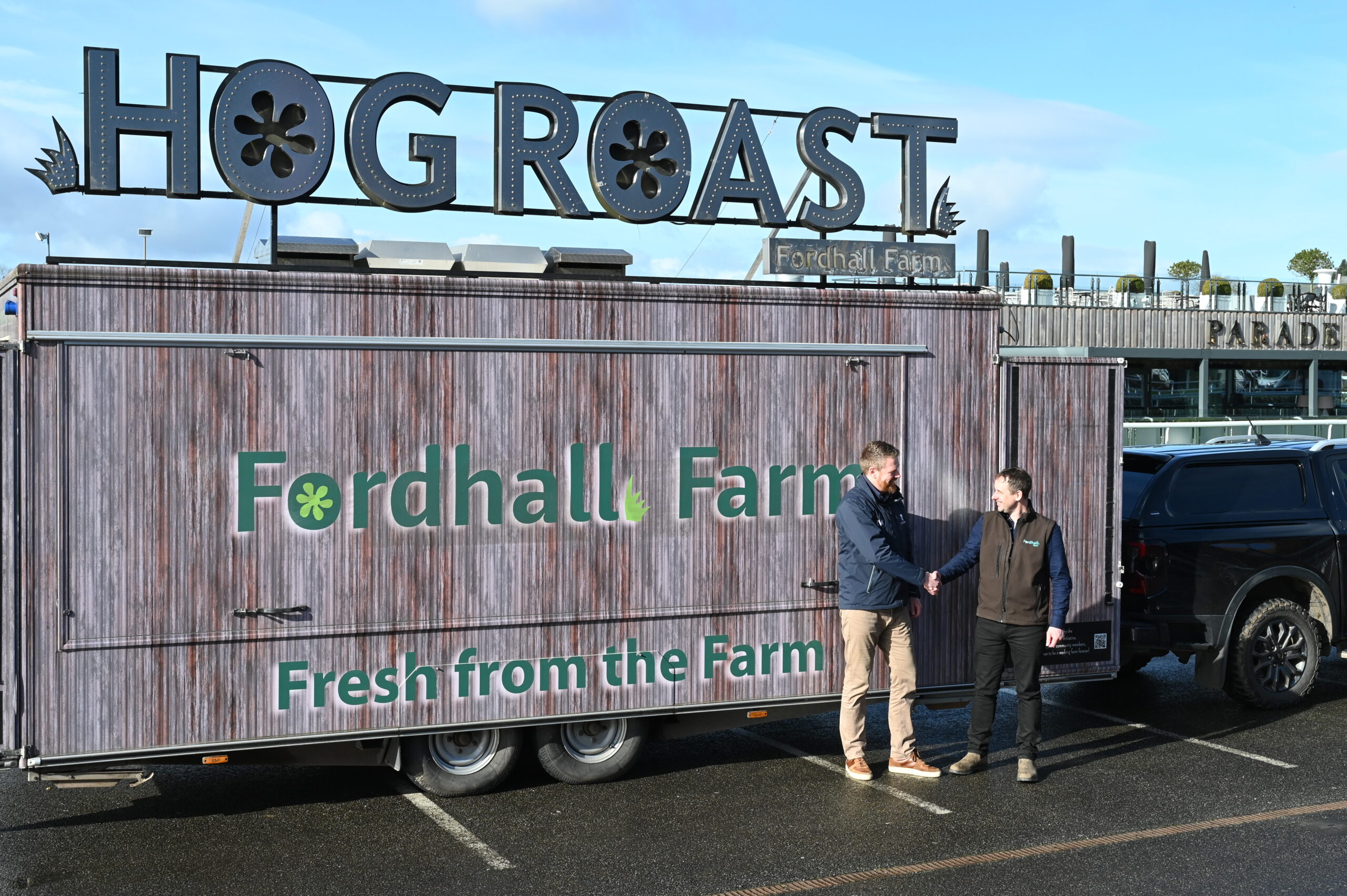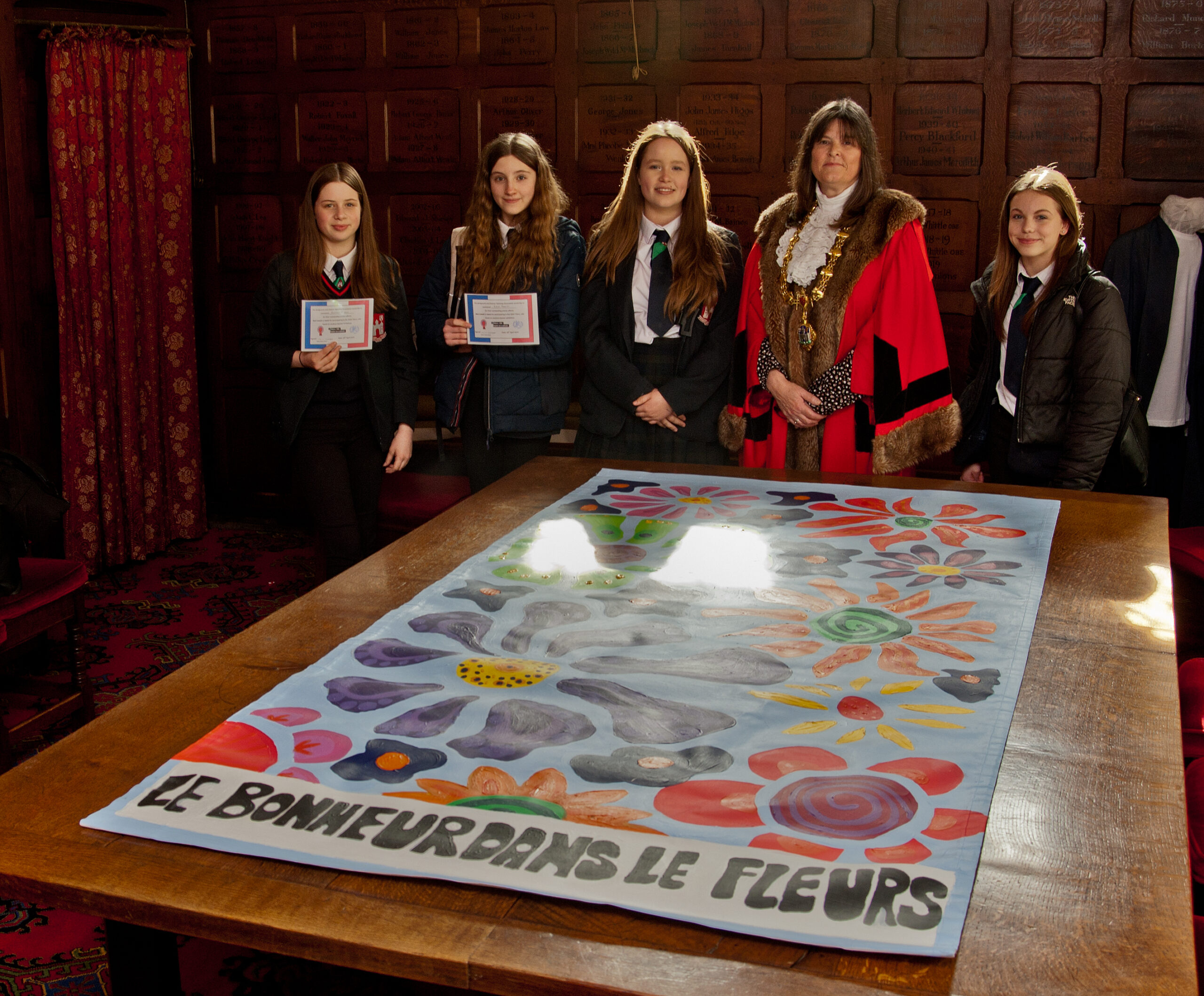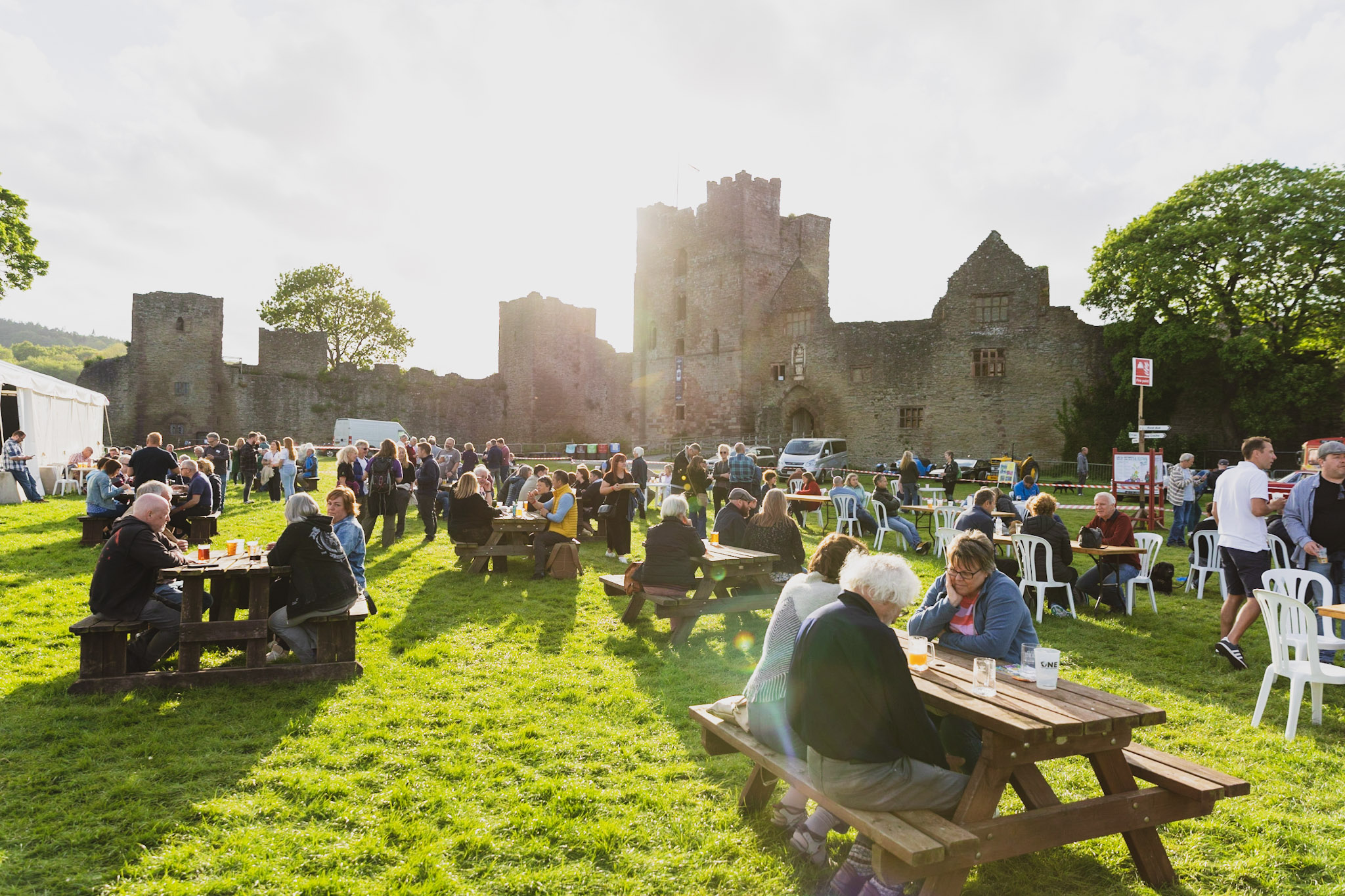Our wildlife expert Edward Andrews MSc shares some fascinating facts about one of our best-loved birds of prey.
A large ash tree with a spreading crown stands on the boundary of Severn Valley Country Park in Alveley, a permanent legacy in a changing landscape. A wooden nest box sits on a branch of the tree. Flies buzz around the entrance, which is splattered with ‘white wash’ (liquid droppings of birds of prey). For a number of years, this has been the nesting site for a pair of kestrels. Because the box is located close to a main path, visitors to the park have had incredible views of this charismatic family of birds over the summer months.
The adult kestrels have been attentive parents. When first born, the chicks are covered in downy feathers and are completely reliant on their parents for food and care. The adults worked hard throughout June to bring small mammals to their four chicks. An explosion of shrill calls from the nest box was a sure sign that the chicks had spotted an adult bird approaching with food. The chicks grew bigger and eventually took their first terrifying step into the sky. Their downy feathers had now been largely replaced with slate grey and terracotta plumage. Kestrels are unusual in that chicks will roost, fly and hunt together for some time after fledging. Those of us who have spent time watching the nest have been rewarded with heart-warming views of the young birds honing their skills together, throughout the latter half of the summer.
Hunters on high
The kestrel is sometimes known as the ‘wind-hover’ because of its hunting strategy. With tail feathers fanned out and wings beating rapidly, the kestrel manages to hover in one spot in a sky that shifts with every gust of wind. When you see a photo of a hovering kestrel, it has the outline of an angel. When it spots a small mammal, the bird drops to the ground and grabs the prey with razor-sharp talons.
A young kestrel sits alone on a branch, staring down at the ground beneath. A kestrel’s eyesight is highly developed and they can detect ultra-violet (UV) light. Voles and mice leave urine trails which emit UV light, so a hovering kestrel is able to see ‘mammal maps’ on the ground which help with finding prey. As the bird flies past me, I realise my binoculars are locked onto those intense black eyes. For a moment I am transfixed by the piercing gaze. In the fleeting and sometimes hectic summer, these are magical moments of wildlife observation when time seems to stand still.
One late afternoon, I arrived at my usual viewpoint but there was no sign of the kestrels. I crossed a stile into a huge field of wheat on the other side of the box. There is a narrow, uncultivated field margin. Among the burdock and long grass I can hear a rustling noise. Small mammals make their home in this rough grassland. Unfortunately field margins are often reduced to give more space for crops, reducing habitat for kestrels.
Battling birds
Suddenly three of the young kestrels burst out of a tree at the edge of the field. One flies towards the old wood at the top of the field. A pair of rooks dart out from the trees to warn off the intruder. A brief aerial battle culminates in the kestrel flipping onto his back in mid-air to show the rook his talons. These sort of experiences will sharpen the survival instincts of the young kestrels. I once rescued a bedraggled and exhausted young kestrel that had been attacked by an adult kestrel after straying into his territory on a rainy winter’s day.
Season’s change
While I was watching the kestrels one morning, a little egret flew down the valley. His long legs were perfectly aligned with the axis of the river as he flew south. The story of our kestrels will end with their departure from the park. It is very likely that they too will follow the Severn valley on their journey. Soon the autumn mists will settle in the valley and the ground will become cooler. Small mammals will become harder to find, meaning the young kestrels must find their own territory. The leaves will fall from the ash tree and the nest box will stand silent.
Earlier this year, I received an email to say that one of last year’s kestrel chicks, which had been fitted with a numbered ring, has been found dead near Wem in north Shropshire. This demonstrates the kind of distance that a young kestrel will cover in order to find their own territory but also highlights the fact that up to 70% of young kestrels don’t make it to their first birthday.
Do one thing for wildlife this month…
Staff and volunteers at Severn Valley Country Park have been on hand throughout summer to show visitors the nesting kestrels through a telescope and binoculars. People have been fascinated to get close-up views of these amazing birds. As well as being important refuges for plants and animals, parks play a vital role in educating and inspiring people to look after the natural world. With reducing budgets, parks face an uncertain future. This month, why not support your local park by paying a visit?
In each issue, WW! nature expert and Shropshire Council’s Parks and Greenspace Officer Edward Andrews MSc looks at the changing seasons.






